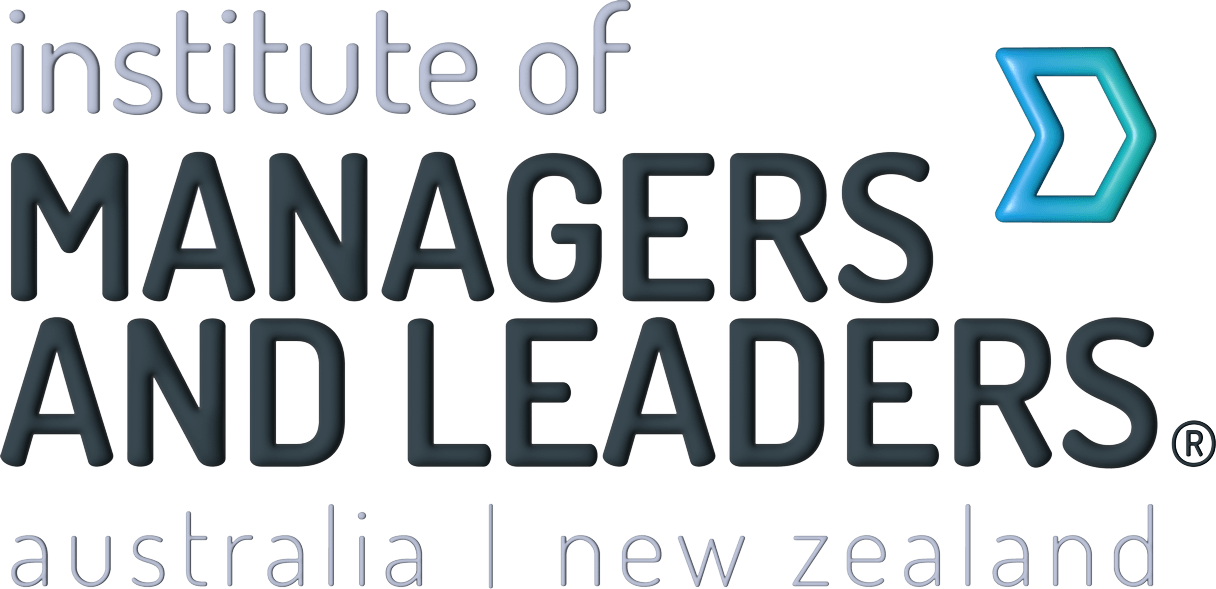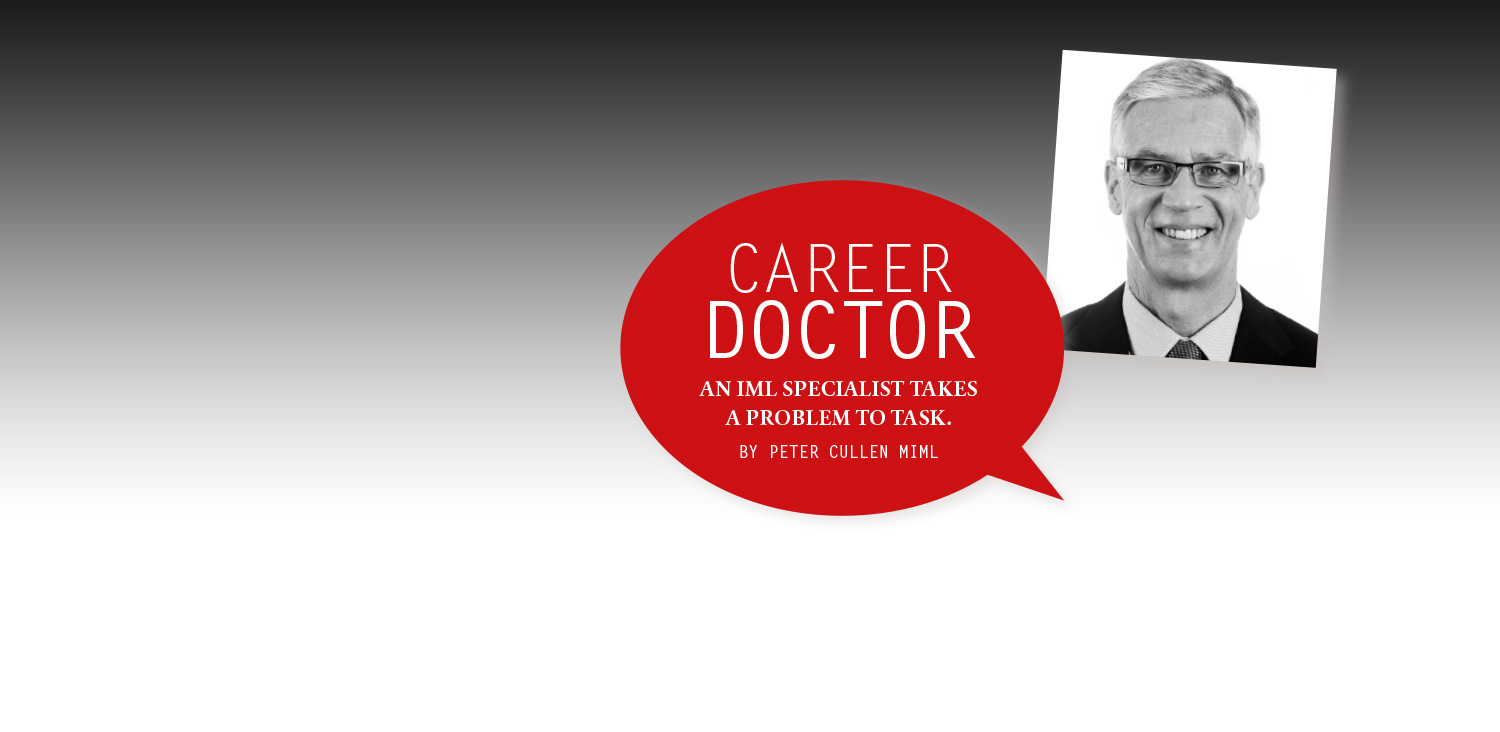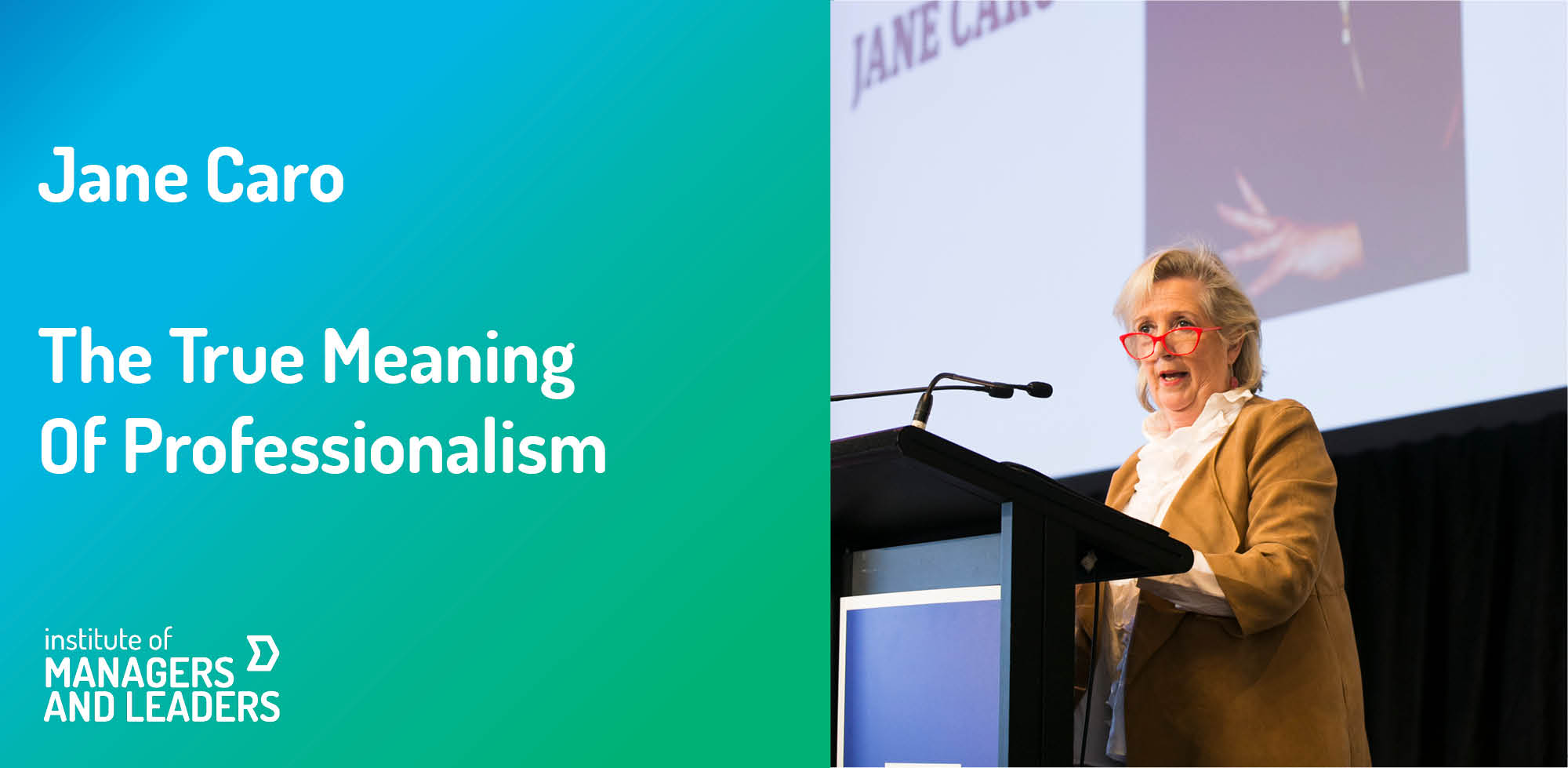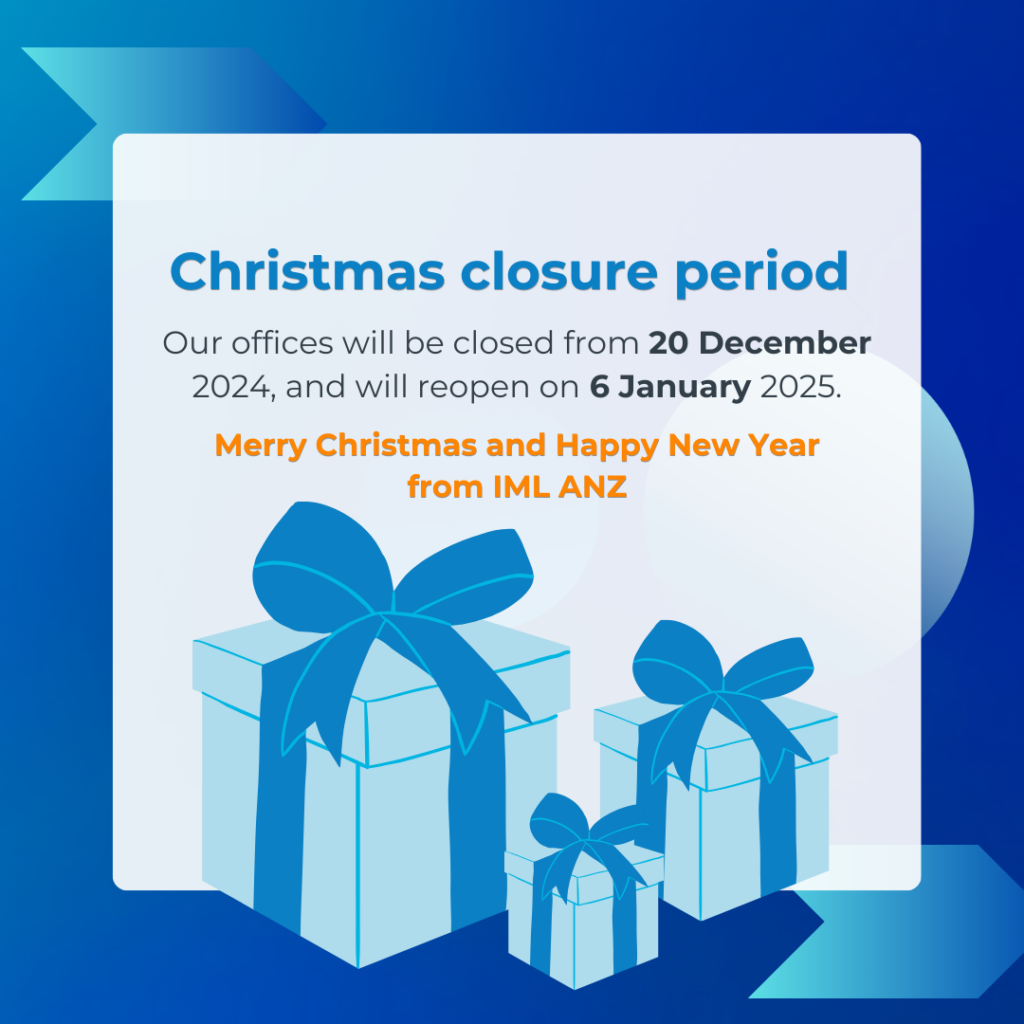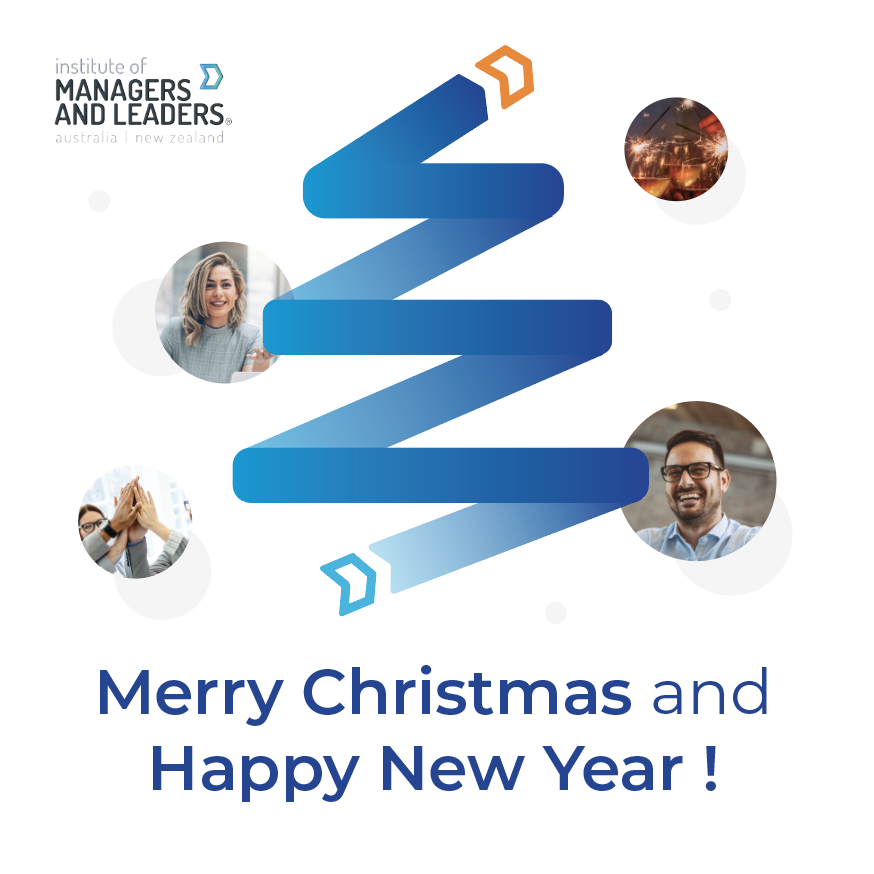By Leann Webb FIML, Managing Director of Aurora Marketing
When I think of successful entrepreneurialism, I see it as intricately connected to innovation. Innovation is at the heart of successful business, so as an entrepreneur you need to know how to innovate. And not just once, but over and over again so that you can stay in front of your competitors.
So let’s start with a simple definition: what is innovation? It is a new idea, device or process. And behind every successful entrepreneur is just that: a new idea, device or process.
But how do we purposefully innovate? Sometimes an idea just pops in to your head… but that is not much of a strategy for a sustainable business. We need to be able to purposefully create new ideas, products and devices.
Here’s my 10 step process for making it happen:
1. Clear your mind of logic and limits
As Walt Disney said, “It’s kind of fun to do the impossible.” Don’t constrain yourself with pre-conceived ideas of what is possible or sensible. This is especially true if you are looking for a disruptive idea. Let go of your perceived limits. Anything is possible.
2. Dream the preferred reality
Imagination is more important than knowledge so use the power of your imagination to create a vision of your preferred reality. What would you love? What would you prefer for how things operate? What would be the magic solution? And remember: all ideas are good ideas. No idea killers allowed.
3. Write it down
I’m a fan of the traditional notebook and I carry mine with me everywhere I go. This has been a habit of mine since my first day in my first career job. Every meeting, every discussion, every action item gets documented. This way, no ideas are ever lost or forgotten.
4. Research and explore
This is a crucial step. Once I’ve got the idea, I start researching how it would work, if there is a gap in the market at the moment, does it meet a need, what it would cost, how much could we charge, etc.
5. Colour it in
This step is where the idea starts to become real and the vague vision starts to become refined and detailed. If it is a new business or product, I start brainstorming brand names, logos, colour palettes, developing flowcharts and diagrams, selecting locations, etc. Here, I start to get a real feel for the business and product and how people will interact with it.

Leann Webb will be one of many speakers at our upcoming Brisbane Conference on the 2nd November 2017. Book Now to hear Leann and many other specialists in their respective fields discuss attributes of successful leaders at this full day event.
6. Share your idea with trusted partners
This step is the one I believe to be the toughest. I am very protective of my new ideas and I don’t like negativity. So when it comes to sharing an idea, especially if it is a bit fluid, it is really important to share with the right kinds of people. If you can’t find those people, my preferred approach is to discreetly share little bits of information in an informal way and see what reaction you get.
7. Set a deadline
Once you’ve decided you are going to do it, set a deadline. Most people flop around like fish out of water unless they have a deadline, so mark a date on the calendar and commit.
8. Develop an action plan
And now, write a list of everything that needs to be done and work out what is on the critical path. Who is going to do it? When does it need to be done? How much will it cost? Put together a detailed action plan and allocate responsibilities. Get it done.
9. Launch (and shoot the engineer if you have to)
In new product development, there is a saying “Sooner or later, you have to shoot the engineer and put it in to production.” The ‘engineer’ refers to the product engineer who wants to release a perfect product. While this is a noble principle, the longer you take to get the product to market, the more it costs and the more market advantage you sacrifice. It is far better to launch the first version and continue improving the product through subsequent version releases. So launch the product, even if it isn’t perfect.
10. Listen, adapt, persevere
And the last step is continually listening, adapting and persevering. When I think of my businesses, each of them is so totally different to how they started. Different business models, different delivery models, even different services. As business operators, we’re in a constant state of evolution.
